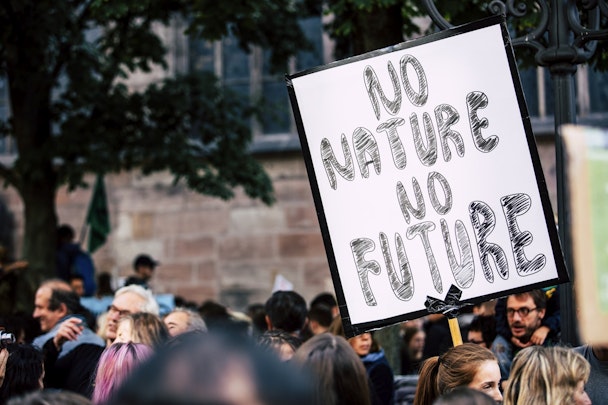The climate pledge: how Amazon is preparing for the future
The news that Amazon has pledged to make itself carbon neutral by 2040 should not only strike fear into its direct to consumer and retailing competitors but is further evidence of Amazon’s ability to fine-tune it’s offering to stay in line (and often lead) its customers’ expectations.

The climate pledge: How Amazon is preparing for the future
The world of digital commerce is a challenging place, and one of the biggest challenges that retailers and brands face is the power of Amazon. In the UK, Amazon accounts for 38% of all online spend, while in the US, that figure is 52%. And this Amazon seed is firmly rooted in the youngest generation, with 26% of 6-16-year olds already spending the majority of their online spend through Amazon.
Amazon has grown its share of the online wallet with a commitment to providing excellent service – in fact, 72% of respondents in our recent Future Shopper survey said that they wished that all online retailers provided the same services as Amazon. This, in turn, has spawned a new age of loyalty to service and not brand – evidenced further by research that indicates that just 25% of online shoppers believe the price to be important when making their purchase decisions online.
Against this backdrop, brands and retailers have been looking at ways to differentiate their offering from Amazon, or as we put it, to do “what Amazon cannot do” – or WACD. Because as strong as the Seattle-behemoth is, it isn’t perfect, and exploiting its weaknesses is the route to stopping customers defaulting to Amazon, and the route to encouraging them to go direct to brands and retailers.
Historically, one area to exploit has been Amazon’s apparent lack of care for the environment. Because while the customer remains at the centre of what it does, often what the customer wants (fast delivery, range, etc.) is at odds with what is best for the environment.
However, a trend has been emerging, most notably amongst the younger Alpha and Z generations spanning 6-24-year olds. Namely, their purchase decisions are being influenced by the ethics of the companies from which they are buying. In fact, 18% of Generation Alpha (6-16-year olds) want to buy products that are sustainable, while 66% want to buy from companies that are doing good in the world.
By committing to this carbon-neutral pledge, Amazon has addressed one of its key weaknesses and has firmly shut the door on its competitors using this as a point of differentiation. Not only will the environment benefit from this pledge, but Amazon will appeal more strongly to the younger generations who are already well versed in the Amazon shopping experience.
In fact, the acronym WACD should always be tempered with the less memorable WADNDRNBPWITF – “What Amazon Does Not Do Right Now But Probably Will in the Future” – because as quick as its competitors can find a weakness in its offering, Amazon is innovating to address it.
And just as its plan has always been to sell everything from A-Z, its aim is always to offer a better service than any of its competitors. As Jeff Bezos himself says: customers are only loyal to Amazon up until the point that someone offers them a better level of service.
Hugh Fletcher is global head of consultancy and innovation at Wunderman Thompson Commerce
